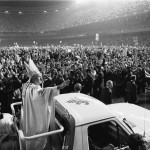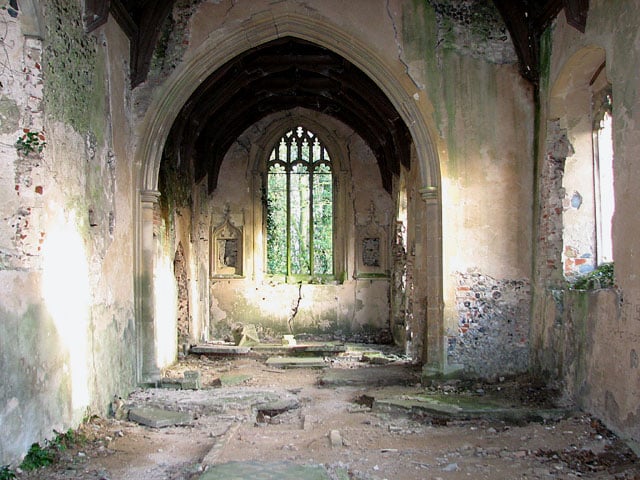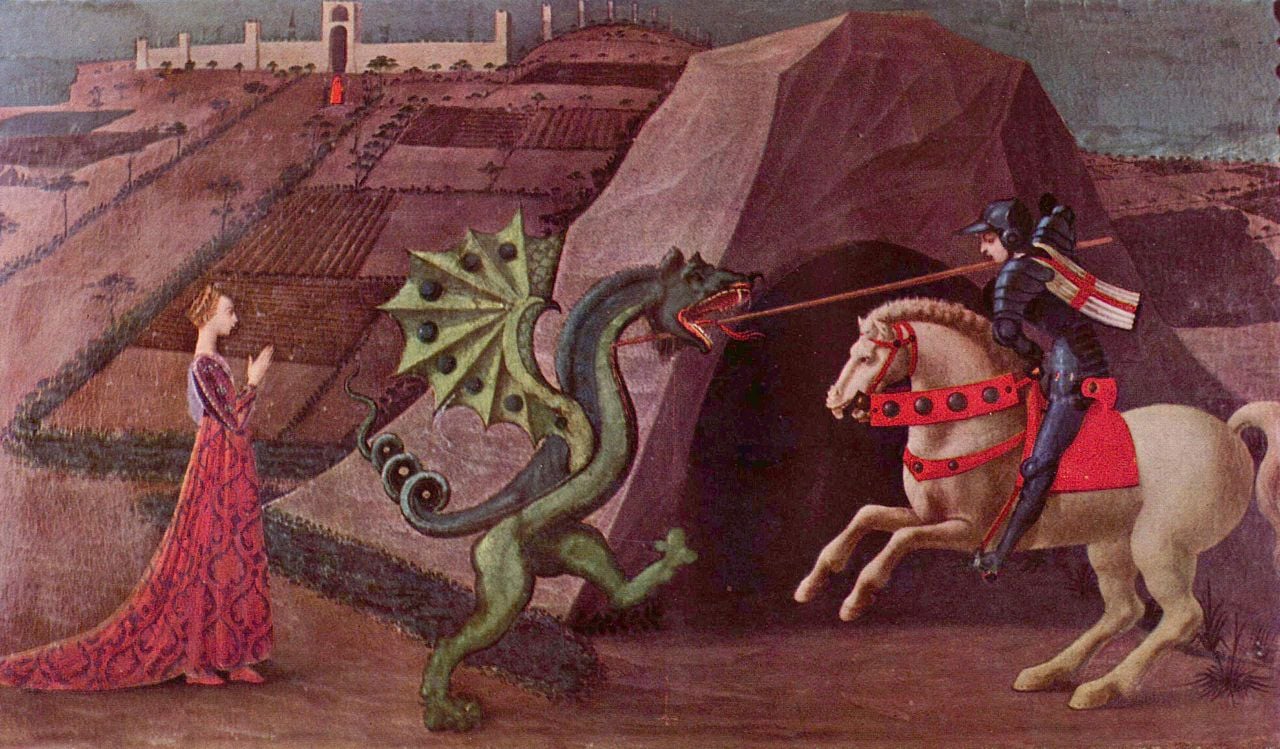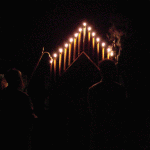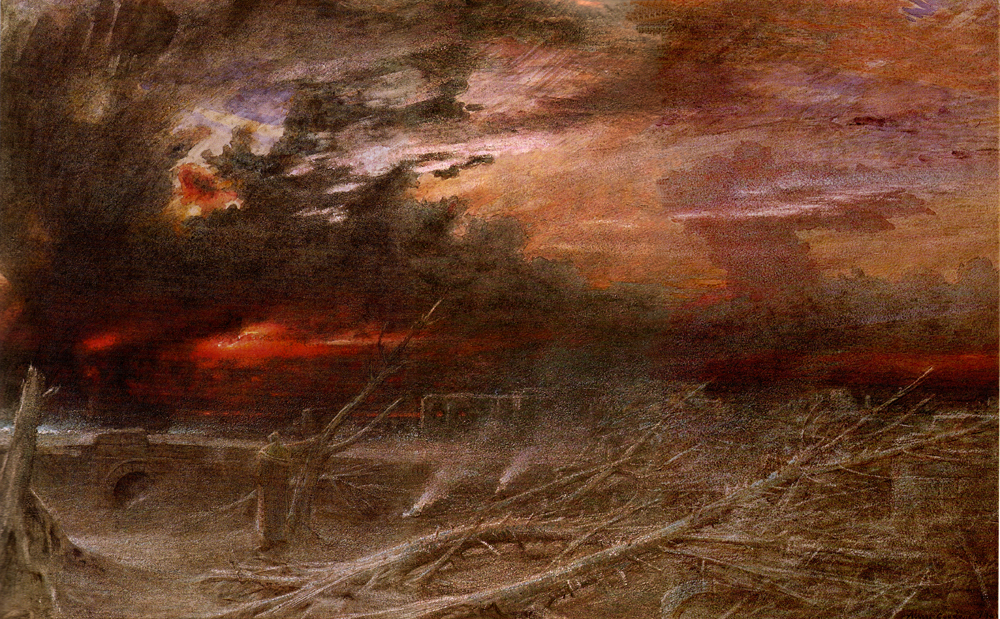
Hello everyone!
I would first like to introduce myself as the new editor for Love Among the Ruins, taking over for Kathryn. I am in awe of everything she does and incredibly humbled that she would entrust me to carry on this project.
I developed my deep love for the Theology of the Body in the Hillsdale College class that served as the inspiration for LAR. To say that the TOB is simply an interest or even a passion, however, would be to sell it short. As I am not the first to note, TOB is a lens through which we view the entirety of human experience in right order. I’d like to take that image one step further for the purposes of this blog, and then we’ll get to the zombies.
In his 1960 work Love and Responsibility, Karol Wojtyla, soon to become John Paul II, begins by laying down a moral framework for understanding the human person. This view of the human person, which he terms the personalistic norm, serves as the foundation not only for his teachings on marital and sexual ethics, but also as an important philosophical component of the Theology of the Body.
The personalistic norm is essentially this: the person is a good towards which the only proper and adequate attitude is love.
In that same year, JPII also wrote his most famous play The Jeweler’s Shop. In this short three-act play through which he explores love as “one of the greatest dramas of human existence,” one of the characters states that “love outdistances its object, or approaches it so closely that it is almost lost from view.”
The Theology of the Body, then, is not only a lens but a magnifying glass. It is concerned with looking at persons so closely that they are no longer objects to be used, but subjects in all the greatness of their nature. The focus of this blog is invaluable because we find it increasingly harder within our culture to work at this task.
So in honor of this day, linked below is an article that illuminates this topic and provides something to read other than another history the Christian origins of Halloween. Unless you’re like me and you forget the history of Halloween every single year so you actually need to go back and read one of those articles as well.
Here’s an excerpt from “Our Walking Dead Culture: How the Theology of the Body can save us from the Zombie Apocalypse:”
The show, however, isn’t really about the undead. It’s about the living. It’s about their quest to not merely survive, but more importantly, to retain their
humanity in a world gone mad.
Sound familiar?
True, the window dressing is different. Our walking dead smell better and have less blood on their clothing than those meandering about the post-apocalyptic
Southern landscape of The Walking Dead. But the worlds remain fundamentally the same.
As the author goes on to note, the Theology of the Body serves as both a vaccine for us in this deranged world, as well as an antidote for our real-life zombies. In other words, the TOB can help us see even the walking dead as persons created in the image and likeness of God and respond to them with love.
One final note on this task from Walker Percy in his novel Love in the Ruins. Dr. Thomas More, Percy’s self-proclaimed “bad Catholic” who works as a psychiatrist attempting to heal both the spiritual deadness of mankind as well as in himself:
“A note for physicians: if you listen carefully to what patients say, they will often tell you not only what is wrong with them but also what is wrong with you.”
The goal of Love Among the Ruins is to help us approach our culture with this advice in mind.
If you would like to engage in this project with thoughts of your own, submissions can now be sent to [email protected]
Enjoy the rest of “Our Walking Dead Culture” here, and have a very happy Eve of All Hallows!

